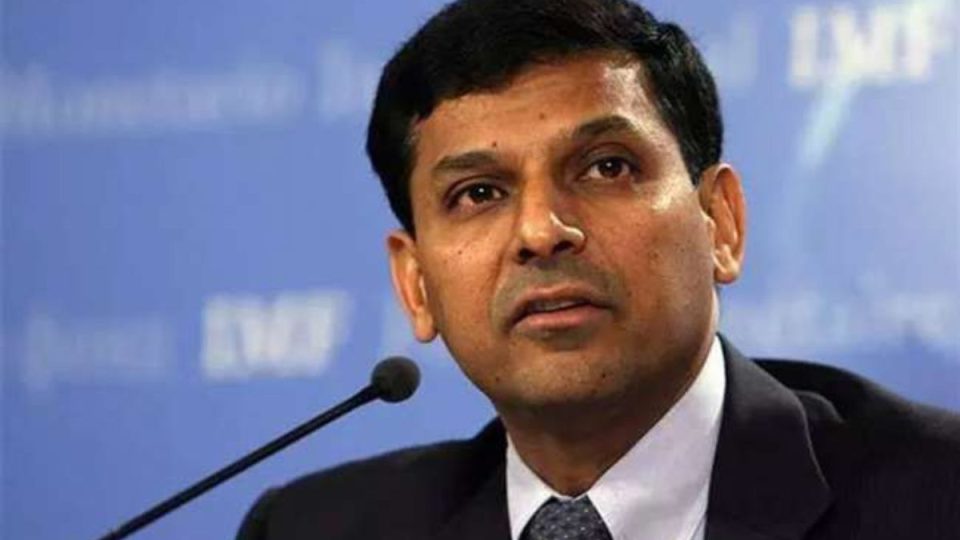Former Reserve Bank of India (RBI) Governor, Raghuram Rajan, has raised critical questions about the efficacy and costs associated with the Production-Linked Incentive (PLI) scheme, urging the government to release comprehensive data for public scrutiny. The PLI scheme, initiated three years ago with a staggering outlay of Rs.1.97 lakh crore, aims to stimulate domestic manufacturing across various sectors, including mobile manufacturing, pharmaceutical drugs, bulk drugs, medical devices, and food products. In an exclusive interview with Outlook Business, Rajan emphasized the need for transparency in revealing the amount of subsidies distributed under the PLI scheme and the corresponding job generation resulting from these investments. He expressed skepticism over Union Minister Ashwini Vaishnaw’s claim that the PLI for mobile manufacturing had generated 5 lakh jobs, questioning the authenticity of these figures. Rajan pondered whether the jobs were a natural outcome or if the government had to incentivize their creation through subsidies.
Rajan pointed out the existing incentives for local production due to high tariffs on mobile imports and a substantial domestic market. However, he raised concerns about the sustainability of this trend, particularly if production is limited to mere assembly without significant scope for local investment. The former RBI governor stressed the importance of examining whether these developments are contingent on subsidies and tariffs, calling for the release of detailed data to enable a thorough evaluation. The PLI scheme has been a subject of scrutiny for Rajan over the past two years, where he has consistently questioned the value addition it brings to the manufacturing landscape. In June, Vaishnaw had countered Rajan’s criticisms, asserting that the scheme had instigated a significant transformation, prompting global companies like Cisco to consider manufacturing in India.
Rajan emphasized the need for clarity on what constitutes value addition under the PLI scheme. He argued that it is crucial to understand the nuances of value addition, especially concerning components versus the final product. Rajan questioned the import dynamics of component producers and whether they genuinely contributed to value addition or merely showcased imported components. The call for data transparency becomes particularly pertinent with the recent attraction of major players like Foxconn, Dell, Lenovo, and HP to the PLI 2.0 for IT hardware.
Rajan’s insistence on public access to detailed calculations stems from the belief that it will facilitate a more informed assessment of the PLI scheme’s impact on job creation, local investment, and overall value addition in the manufacturing sector. As the government endeavors to position India in the global manufacturing supply chain, Rajan’s inquiries underscore the importance of accountability and scrutiny in evaluating the effectiveness of such ambitious incentive schemes.

